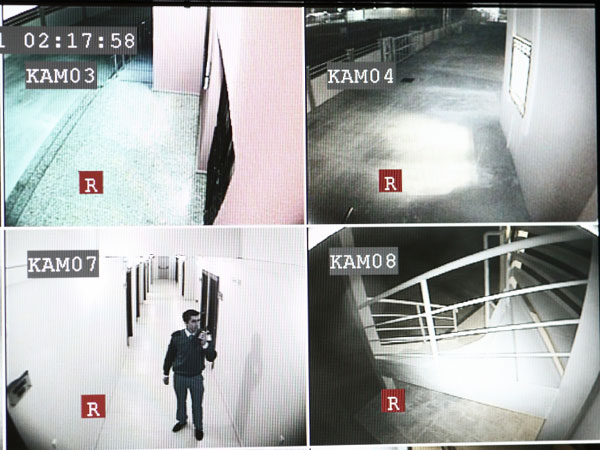Introduction
Unlike other forms of forensic evidence, audio and video recordings can provide a real-time, eyewitness account of a crime so investigators can watch or hear what transpired. For instance, a surveillance video captures a bank robbery in progress, or a hidden camera records an undercover sting operation.
Over the past decade, sources of recorded audio and video that can assist in an investigation have increased exponentially. Closed circuit television systems (CCTV) and video and audio recorders can be found in businesses, at traffic intersections, parking lots, bank machines, on police-vehicle dashboards and of course, in cell phones.
For large-scale events or crimes, the sheer amount of recorded audio and video evidence can be massive. During the riots that occurred in Vancouver, British Columbia after the 2011 Stanley Cup Finals, more than 5,000 hours of recordings were captured. Law enforcement has since brought charges against more than a hundred rioters using video evidence and more charges are expected.

For most crimes, however, high-quality audio and/or video recordings are often not available. This is where forensic audio and video expertise can help. Forensic experts have many techniques to enhance recordings that can bring out details and provide a clearer picture of what occurred, or make an audio recording more audible. This in turn helps investigators, lawyers and jurors better conduct their duties.